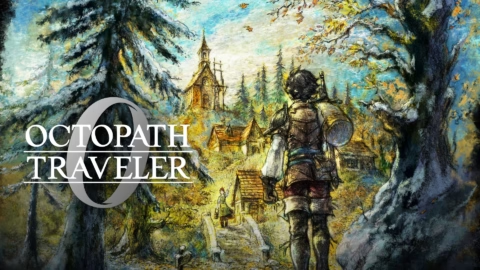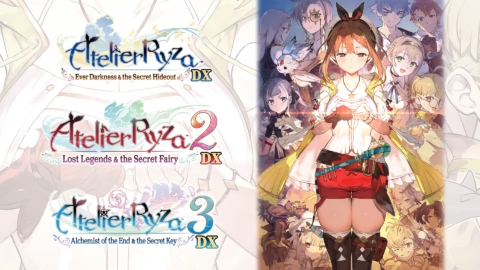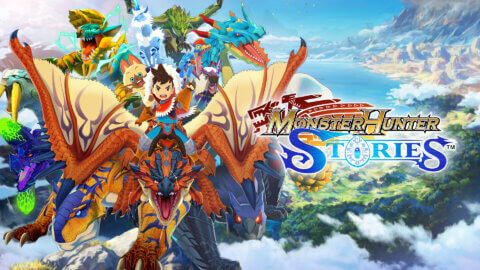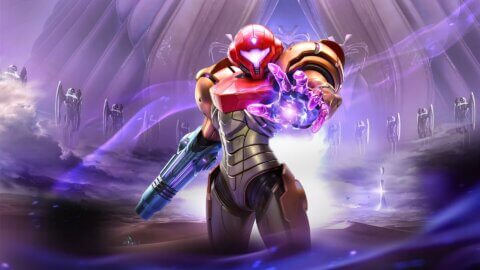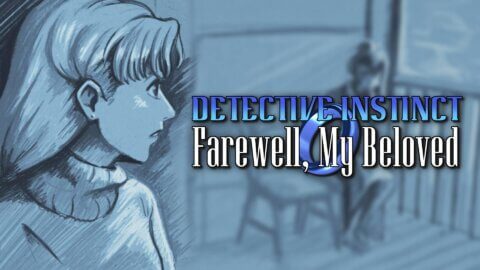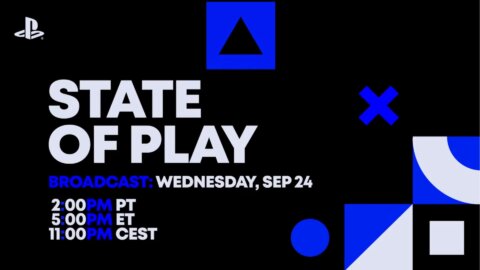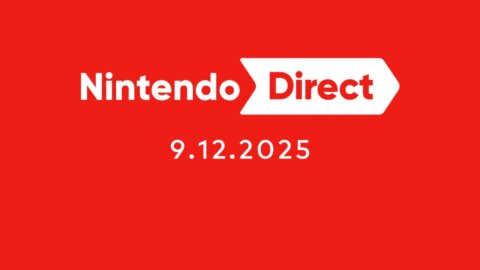When Borderlands first hit the scene back in 2009, it didn’t just create a new subgenre, it coined the very term “looter shooter.” It was brash, chaotic, and dripping with personality. But over time, that formula started to feel bloated. Borderlands 3 in particular leaned so hard into meme humor and over-the-top antics that it unfortunately turned off plenty of longtime fans.
Borderlands 4, thankfully, feels like a course correction. It reins in the wackiness without losing the franchise’s identity, offering a game that feels both familiar and refreshingly new. In many ways, it’s a soft reboot, an approachable entry point for newcomers, while also working hard to win back the players who bounced off the last outing. After sinking a heap of time into it, I can safely say this is the Borderlands game I’ve been waiting for.
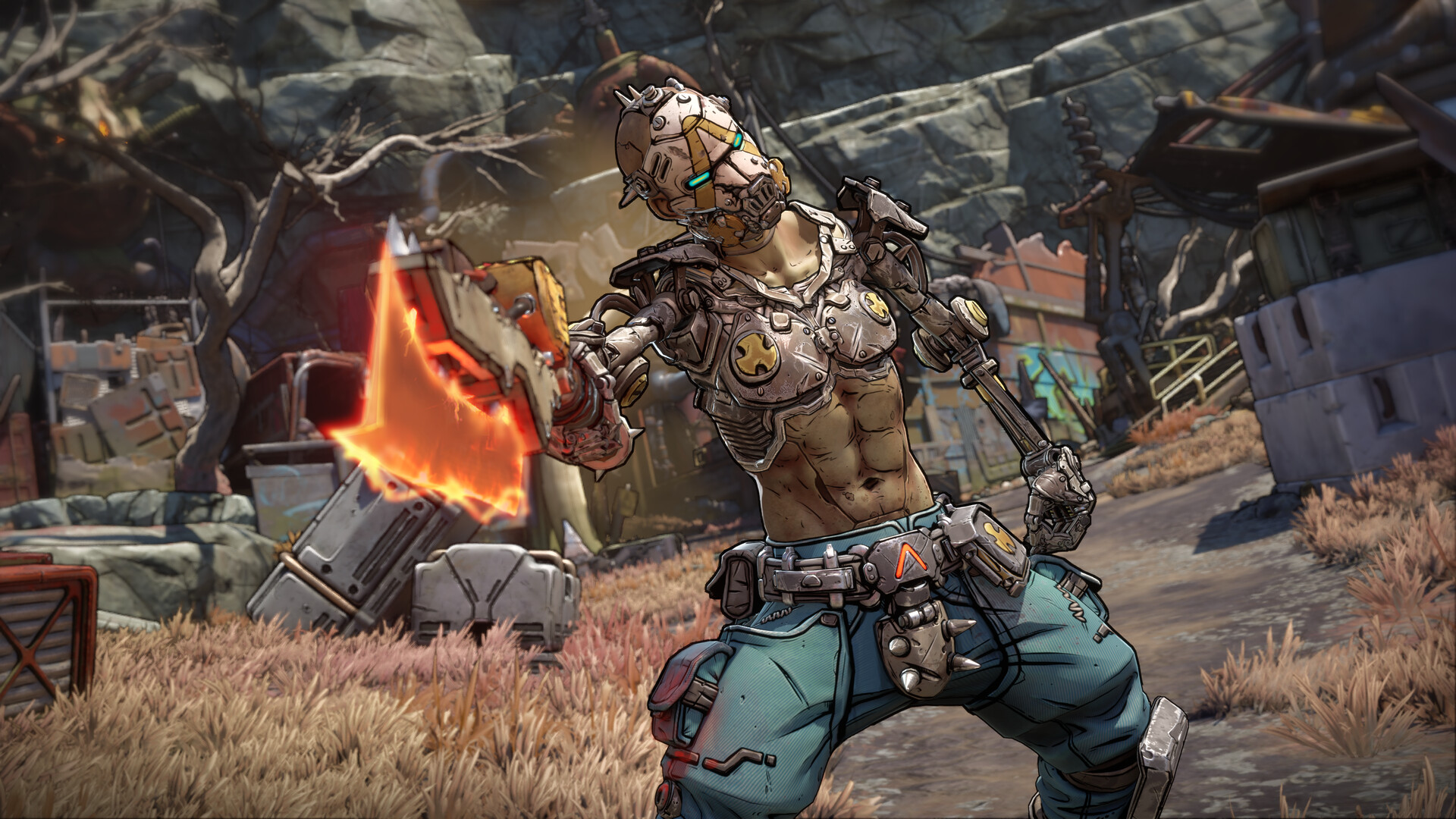
This time around, the story takes us to Kairos, a brand-new planet that immediately stands apart from Pandora and the kinds of things you might expect to see in a Borderlands game. Kairos is bigger, bolder, and more alive, and it’s the perfect stage for a story that feels less like a cartoon parody and more like a proper space-western epic.
The central narrative of Borderlands 4 revolves around a new villain known as the Timekeeper, a mysterious warlord who has seized control of key regions of Kairos. The Timekeeper is a restrained and sinister figure obsessed with bending the natural order of time itself to dominate the planet and uncover Vault technology hidden across Kairos. His forces are a mix of synthetic raiders, mercenaries, and fanatics who believe his vision of rewriting destiny. The plot follows the Vault Hunters as they try to prevent him from unleashing a catastrophic event tied to a massive Vault within Kairos. What I appreciated most was how the story layered in moral stakes and actual mystery. The Timekeeper isn’t just there to shout threats at you, he’s a more calculated, looming presence whose plan slowly unfolds over the course of the game. It gave the campaign a momentum that kept me invested right through to the final showdown.
Borderlands 4 introduces four fresh Vault Hunters, each with their own style. Rafa, the one I chose for my playthrough, is a close-range powerhouse with a toolkit that rewards aggressive, in-your-face combat. Playing as Rafa felt fluid and satisfying, and I loved the way his abilities encouraged me to constantly push forward instead of hiding behind cover and his Exo-suit offers some uniqueness to how he plays. The other three Hunters bring equally distinct playstyles too. There’s Amon, a Forgeknight built around brute strength, Harlowe a Gravitar who is built around utilising tech and gadgets and then there’s Vex, the Siren of the group who specialises in phase energy action skills. Even just glancing at their skill trees, I know I’ll be going back for at least a couple more playthroughs. That’s always been one of the series’ biggest draws. The way each Vault Hunter fundamentally changes the way you experience the game. Borderlands 4 takes that idea and polishes it further.
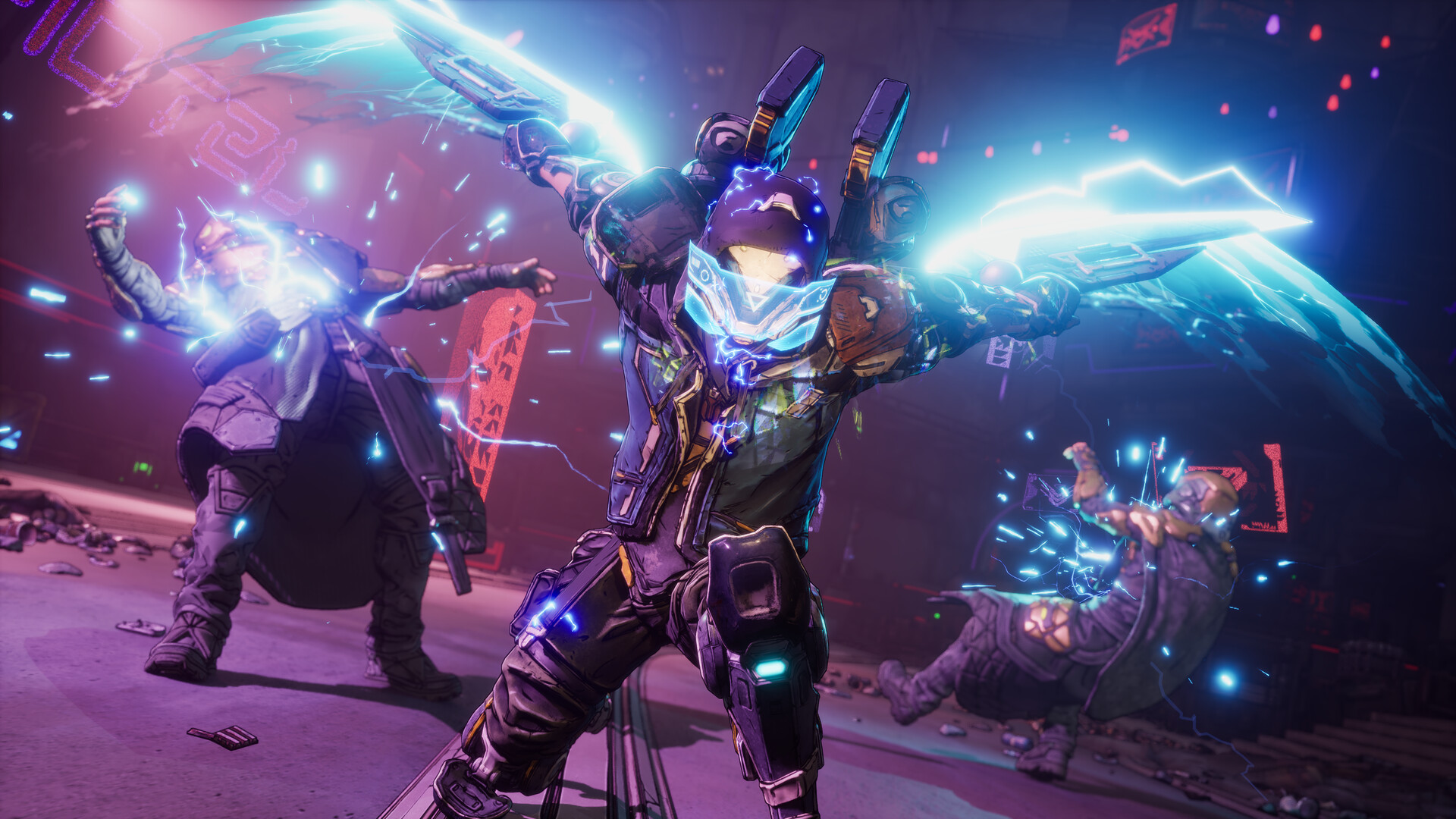
The real star of the show, though, is Kairos itself. This planet isn’t just another backdrop, it’s the reason Borderlands 4 feels like a fresh start. The game shifts toward an open-world design, and it pays off. Kairos is split into sprawling zones that are not only visually distinct but also alive with activity. You’ll trek across dense forests, desert plateaus, neon-lit ruins, and even bizarre alien biomes that feel like nothing the series has attempted before.
Traversal is also vastly improved. You can double jump and hover to cross big gaps, whip out a grappling hook to scale vertical areas, or instantly summon a mount vehicle to cruise across wide fields. These tools make exploration faster and more exciting, and they feed into the sense that Kairos is a place worth wandering. And also wears its inspirations from Destiny quite proudly.
Even outside combat, the world feels alive. Creatures hunt each other, raiders clash with each other, and NPCs go about their business. For once, enemies don’t feel like they only exist to wait for you to shoot them. Gearbox have done a lot to make Kairos feel like a large, living, breathing world.
One of the biggest surprises for me was just how good the side missions are this time around. Some of my favorite moments weren’t even in the main questline. Random characters I met along the way pulled me into stories that were funny, heartfelt, or downright wild often capped with meaningful rewards to give you a little incentive to seek them out and help them.
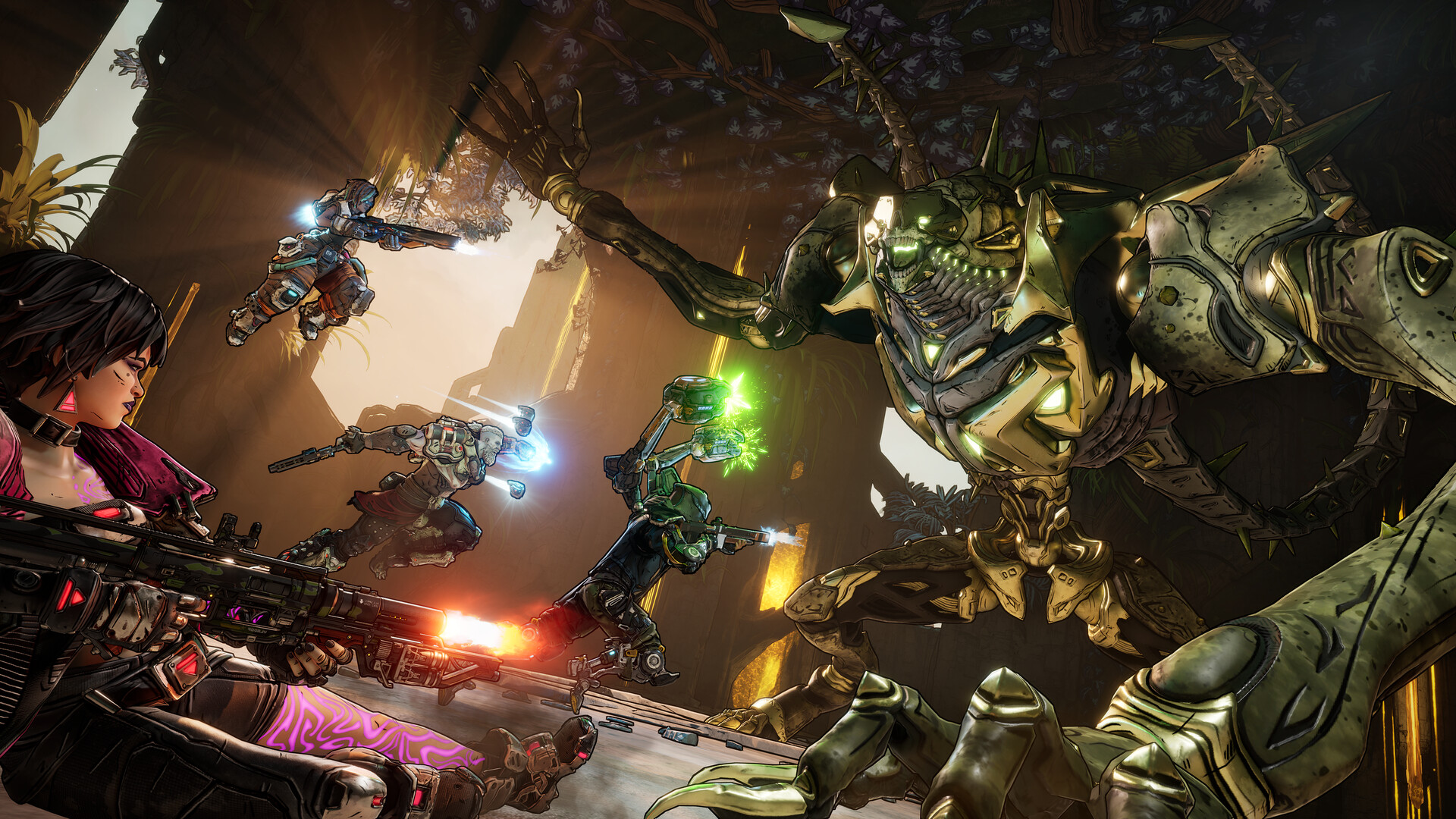
Even beyond missions, there’s plenty to do. Active world events pop up unexpectedly, pulling you into dynamic battles or challenges. Exploration itself feels rewarding, with hidden areas, environmental puzzles, and mini-bosses tucked into corners of Kairos. Borderlands 4 never lets downtime turn into boredom.
The game gives you more flexibility than ever. After the opening act, you can tackle Kairos’ four main zones in any order. This non-linear structure let me decide what kind of challenges I wanted to face depending on my mood, a feature I hope more open world games adopt going forward. It makes replayability that much more enticing.
Borderlands has always had memorable bosses, but Borderlands 4 ups the ante. The designs are impressive both visually and mechanically. Boss arenas are more dynamic, fights make clever use of mechanics like mobility and cover, and the difficulty feels fair but exciting. A couple fights had me sweating in the best way.
Loot is the heartbeat of Borderlands, and in this entry, it feels rewarding instead of overwhelming. Guns, shields, grenades, and gadgets come in endless variations, and stumbling across a legendary still triggers that rush of dopamine. Importantly, the drop rate for legendaries has been toned down since Borderlands 3, which means they actually feel special again.
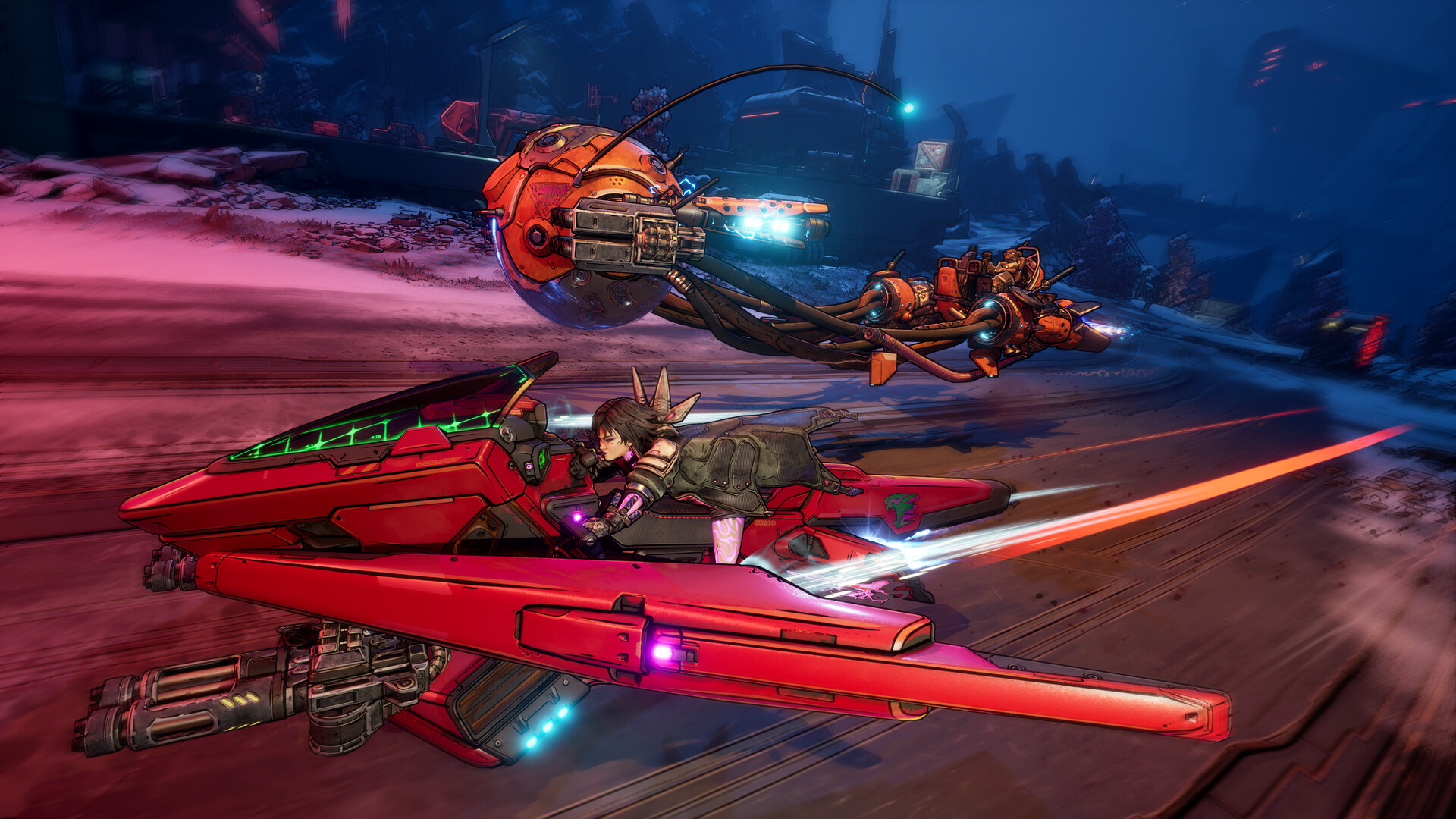
That said, loot management is still messy. Sorting through mountains of gear to figure out what’s actually better can bog down the pacing. Limited inventory slots make it worse, forcing you into tedious cleanup every so often. It’s not a dealbreaker, but it’s an area that could still use some streamlining.
When it comes to the writing, Borderlands 4 still has humor, eccentric characters, and weird dialogue it wouldn’t be Borderlands without it. But the writing has matured. Gone are the desperate meme references and cringey 2010’s “internet humor” of the last game. Instead, the characters feel more grounded, their jokes sharper, and their arcs more meaningful. It’s still funny, but it’s also easier to take seriously.
Leveling up feels more rewarding too. The skill trees are diverse, letting you customize your Vault Hunter in meaningful ways. Rafa’s tree gave me choices between aggressive melee boosts, mobility perks, or ability cooldown synergies. Not every point felt impactful, but I appreciated the choices it offered and I could see how different builds would drastically change the experience as not only are the 4 Vault Hunters designed to offer different playstyles, the build you craft will allow your version of a single Hunter be potentially completely different to another person using the same character.
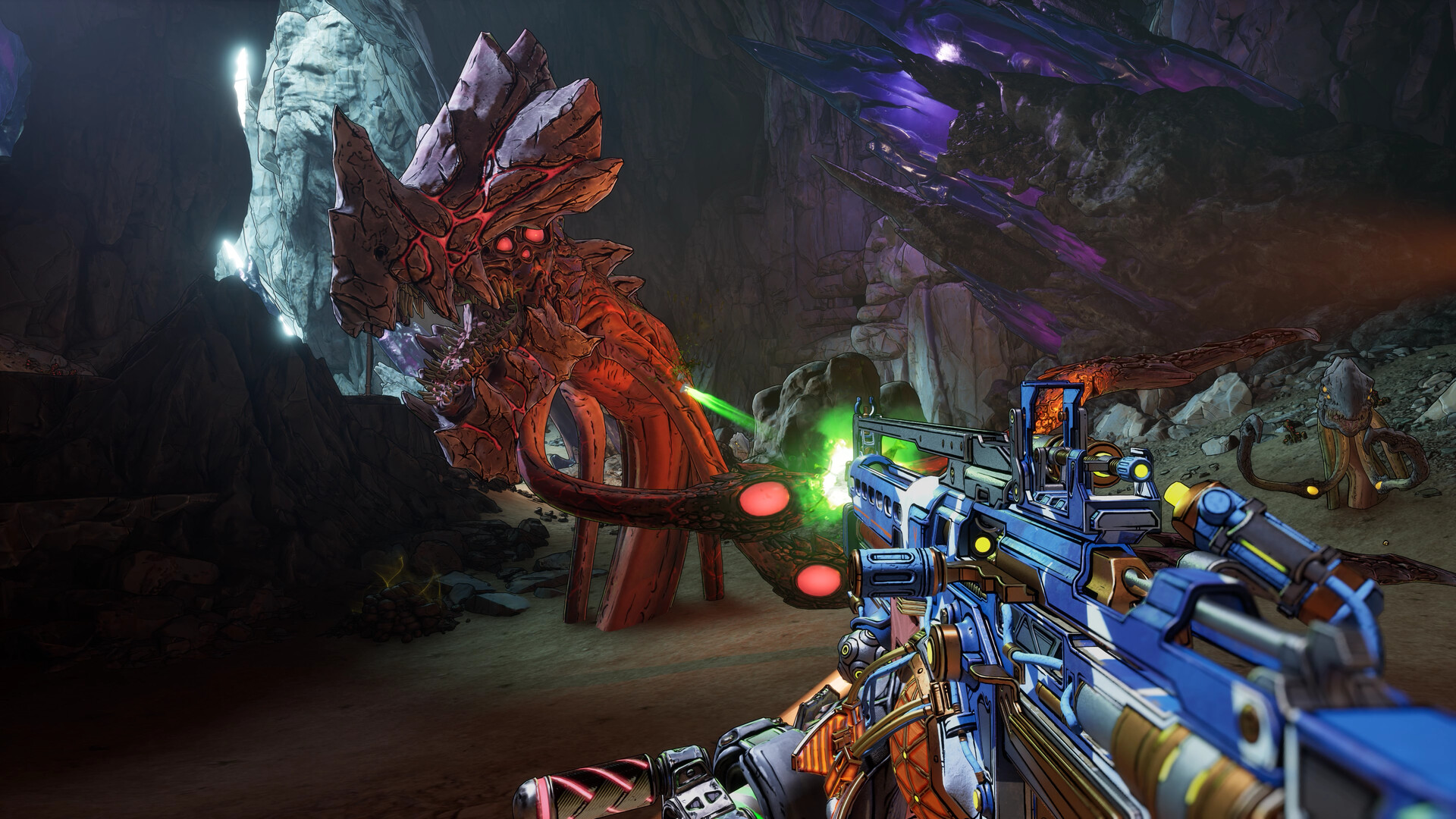
Once the credits roll, Borderlands 4 makes it clear it wants you to stick around. Endgame activities include the return of Ultimate Vault Hunter mode, available after you complete the main story. Opening up the opportunity to take on new challenges, weekly Wild Card missions, completing contracts, remixed bosses, repeatable challenges, world events, and higher-difficulty modes designed to test your builds. Gear grinding feels worth it, and the roadmap teases even more content coming via the season pass. If Gearbox can deliver on that, Borderlands 4 could have real staying power.
Not everything is perfect. The game’s performance occasionally stumbles when the action gets too chaotic, dropping frames during big firefights. I also ran into a handful of classic open-world bugs, enemies clipping into walls, AI freezing, or quest givers getting stuck. None of it ruined my experience, but it’s the kind of stuff I expect to see patched in the coming months.
The loot overload I mentioned earlier is also still a sticking point. When you’re knee-deep in drops, the thrill can get buried under the chore of inventory management. A smarter comparison system or improved UI would go a long way.
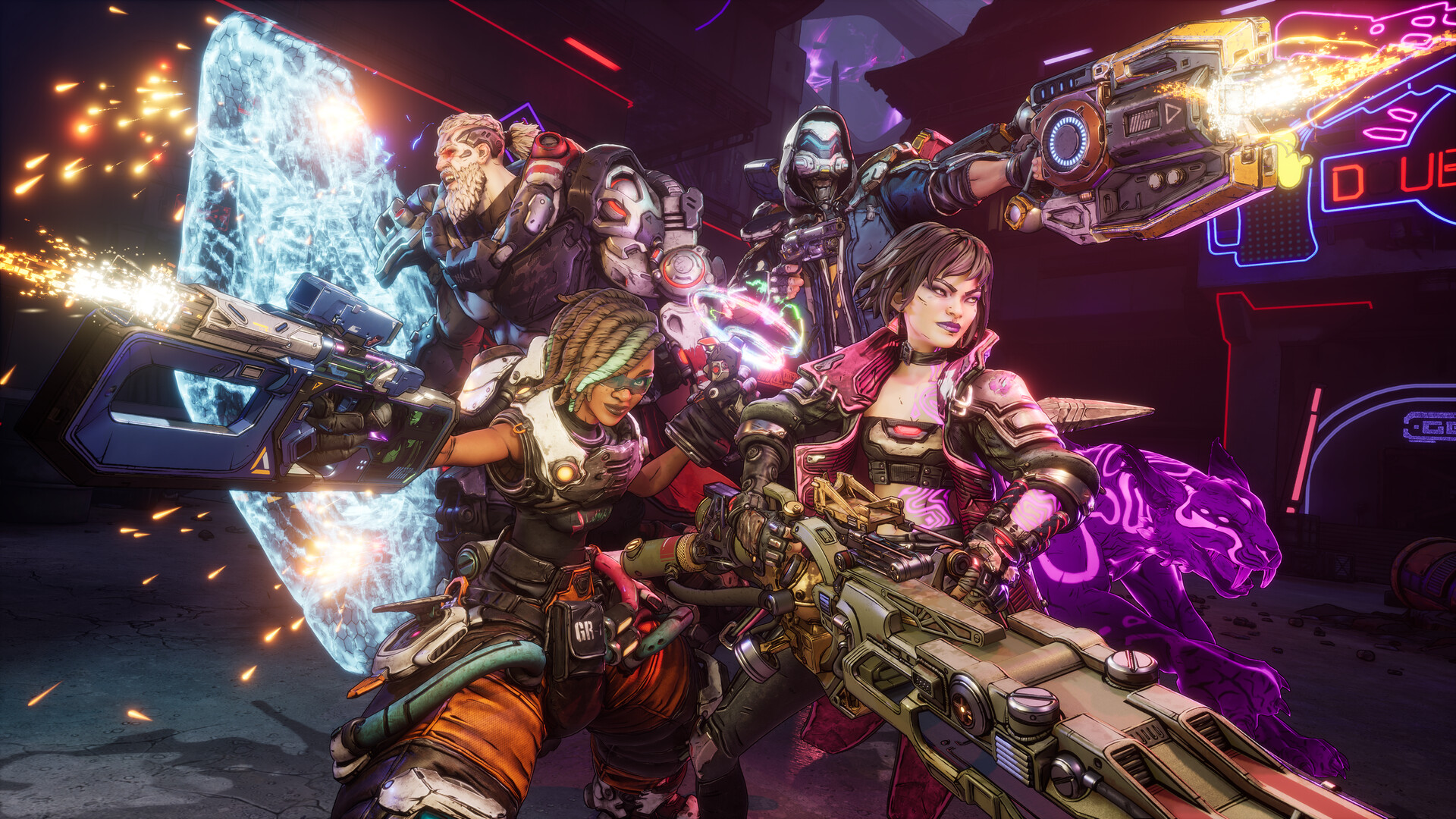
Final Thoughts
Borderlands 4 isn’t just another sequel, it’s a reinvention. It honors the series’ roots as the original looter shooter while fixing its most glaring issues. The shift to an open-world structure, the rebalanced humor, the satisfying loot system, and the excellent side missions all combine into a game that feels both modern while still distinctly Borderlands.
Yes, it has a few rough edges, and yes, sorting through loot can still be a headache. But those flaws are small compared to what Gearbox has pulled off here. Borderlands 4 is fun, fast, funny, and packed with reasons to keep coming back. Even if Borderlands 3 left you cold, give this one a chance.
A Borderlands 4 review code was provided by the publisher for the purpose of this review.
If you want to see more content like this and never miss one of our frequent gaming and anime giveaways come and Follow Ani-Game on Twitter.
9
- + The introduction of an open world
- + Plenty of activities to seek out and complete
- + Fun boss design
- + Plenty of options for replayability
- - Loot pickup and management could still be streamlined
- - Has some bugs and performance issues at times
